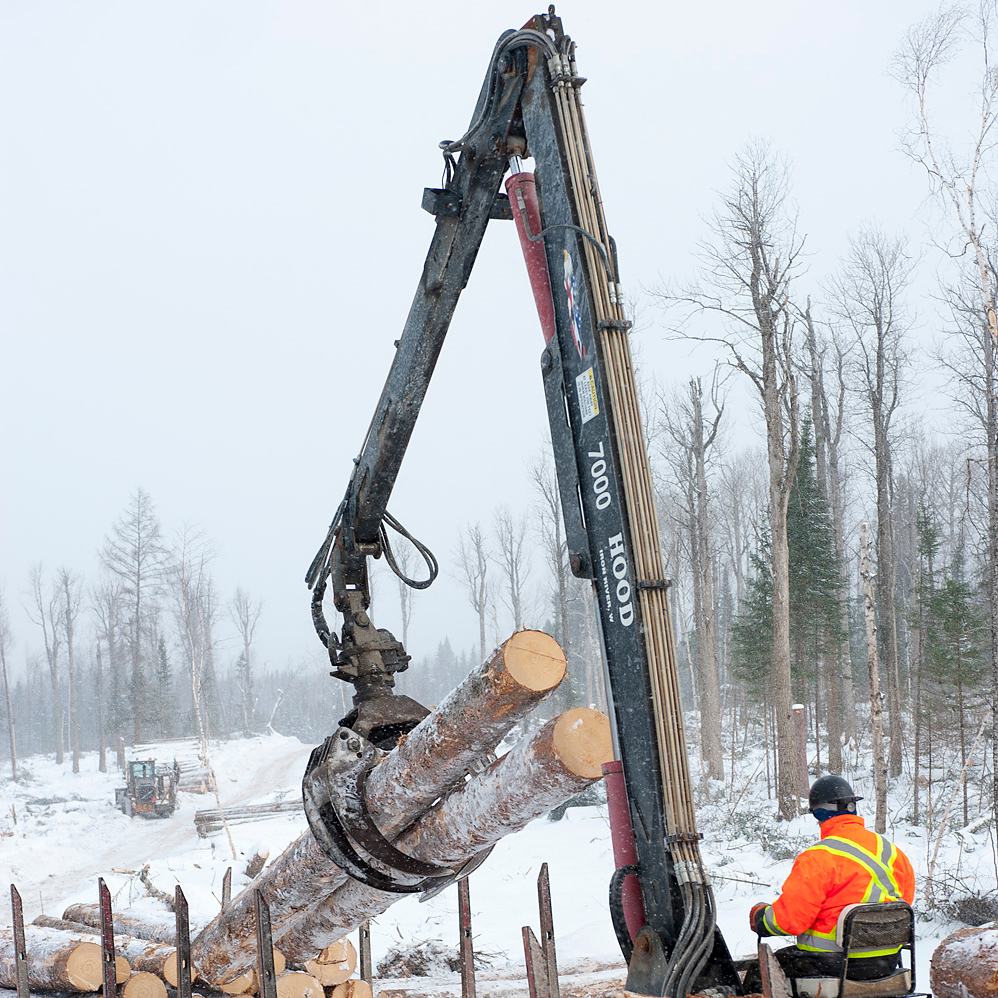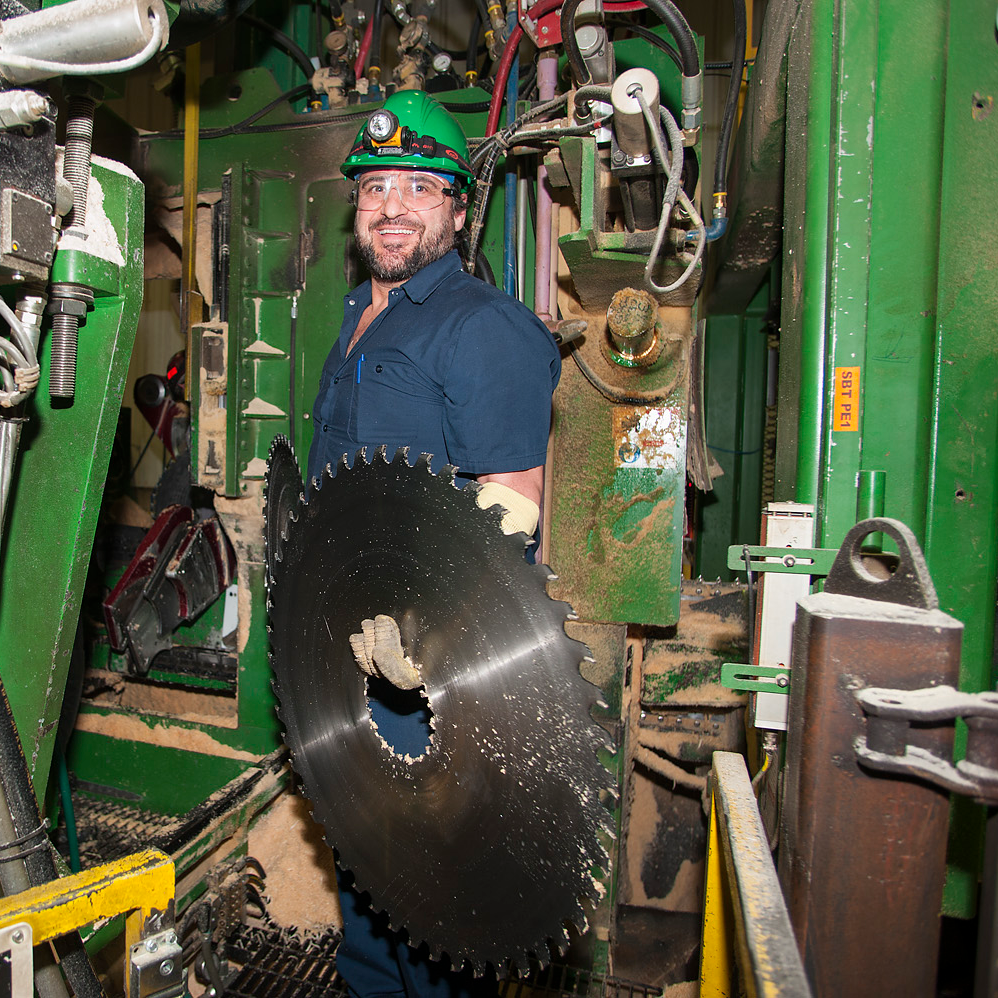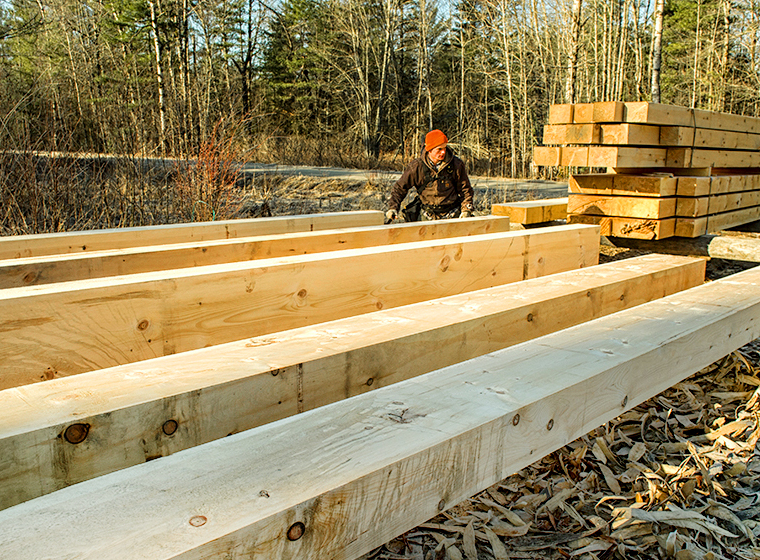Overview
Ontario’s forestry and wood manufacturing sectors are growing.
As part of a green industry, all forest workers, from foresters to mill operators, play an important role in:
- forest management
- ensuring the sustainability of our province’s natural resources
Best of all, many forestry careers are in rural and Northern Ontario where owning a home and enjoying all the recreational opportunities that these communities offer are affordable goals.
With a career in forestry you can live in the places where you work and play.
Forestry sector
Forestry is a multi-billion-dollar industry and one that is evolving.
With thousands of employees retiring in the next decade and new skills required to adapt to changing technology, there are many exciting opportunities for young Ontarians looking for their future career.
Forecasted job openings in Ontario's forest products industry
Photo credit: Forest Products Association of Canada
Despite being one of Ontario’s oldest industries, the forestry sector is embracing new technologies. The industry is adapting to the 21st century by using:
- drones
- robotics
- automated and connected vehicles
- artificial intelligence
Innovative uses of wood in Ontario are creating new opportunities in sectors like mass timber building products and biofuels. This is in addition to traditional forest products like lumber, pulp and paper.
You may not believe it, but even everyday products like gum, toothpaste and ice cream contain wood in the form of cellulose.
Types of jobs
Forestry and wood manufacturing are diverse fields (PDF). Working in the industry means you could:
- manage forests
- operate million-dollar pieces of equipment
- troubleshoot machinery in a manufacturing facility
The Greenest Workforce divides forestry jobs into five categories:
- administration
- mill operations
- science and engineering
- skilled trades
- woodlands
Woodlands

If you love the great outdoors, then a woodlands job is for you. Working primarily outside, woodland operations roles help to sustainably manage and harvest forests. Positions like silviculturalists, heavy equipment operators and log truck drivers are increasingly using high-tech equipment like drones and autonomous vehicles to be more productive in the bush.
Mill operations

Working in lumber, pulp and paper mills is fast-paced. Mill operations positions generally involve both indoor and outdoor work to run, monitor and control mill equipment. Automated machinery in mills is beginning to change the skills workers need, which makes awareness and great attention to detail even more important.
Skilled trades

Through hands-on work and specialty knowledge, skilled trades are important to the growth and success of forestry companies. Positions like electricians and millwrights are in constant demand in lumber and pulp and paper processing facilities.
Science and engineering

Are you a quick thinker with an interest in researching, designing or troubleshooting machinery and systems? With the current shift towards robotics and automated machinery, science and engineering professionals are becoming even more important to the forest industry.
Administration

If you like to work indoors and have good organization and project management skills, an administrative position might be right for you. Roles such as IT specialists, sales representatives and human resources professionals are critical to ensuring a smooth flow of work in the forest industry.
Education programs
Ontario’s secondary schools, colleges and universities offer comprehensive programs to prepare youth and new workers for the realities of the forest industry.
These programs can help build your technical, business and life skills.
Specialist High Skills Major (SHSM)
The SHSM program will help you see the connection between your studies, the world beyond high school and your future career.
You can focus your education on one of 19 sectors, including Forestry and Environment, while working towards your Ontario Secondary School Diploma.
The goal of this program is to help you with the transition from secondary school to apprenticeship, college, university or the workplace.
Apprenticeships
Through an apprenticeship, you get paid to learn and gain experience in your trade career of choice.
Working closely with skilled trades professionals will help you learn from people with years of experience. Most of your time will be spent on-the-job with some in-class learning.
The Ontario Youth Apprenticeship Program, targeted at students in Grade 11 or 12, allows you to prepare for an apprenticeship while completing your high school diploma.
Post-secondary
Forestry Technician and other relevant college programs help you gain the skills and knowledge needed to be successful in the forest industry. These programs can be found at colleges across Ontario.
If you are interested in becoming a Registered Professional Forester, degree programs in forestry are available from:

